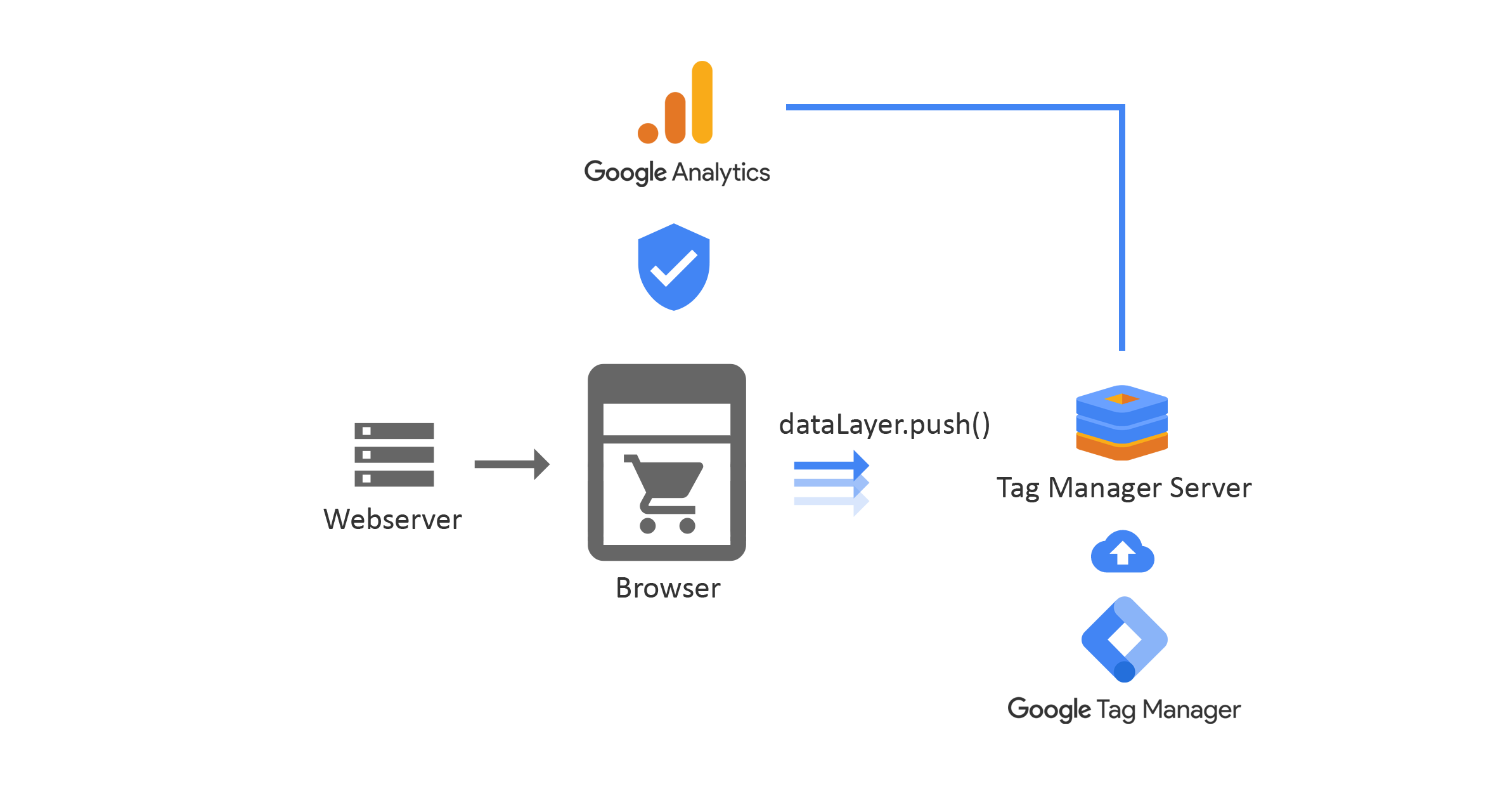Google Server-Side Tagging Introduced To Improve Performance, Consumer Data Security

Google on Thursday introduced Server-Side Tagging to Google Tag Manager and Tag Manager 360, allowing companies to move third-party tags off their website and into a new server container hosted in their Google Cloud account.
Measuring the effectiveness of digital campaigns and understanding how the consumer considers a product and gets through the buying process has always been important. It typically requires brands to work with a variety of technology partners, implementing their Java-script code, known as tags, on their websites.
Where there are too many it can affect the customer experience — for example, with slow load times for websites. They also can share information about the customer that brands don’t want to share.
The new tag means that when customers interact with a page on a company’s website, third-party tags are loaded directly in the server container in Google Cloud rather than on the website.
Google says this new way of adding tags provides faster page-load times on websites and greater security for customer data, among other features.
Sending data from a website still requires a tag on the site — with Google or otherwise — Google recommends keeping one Google Tag on the page. The idea is that the site owner can use one tag on the page to collect the super-set of data they need for all of their other tags and send it to the server, where the rest of their tags live, and fire the targeted ad.
Google recently released data showing that a decline in page-load times for mobile sites improved progression rates for every step of the purchase process for all brands surveyed. For retail sites, every 0.1-second reduction in mobile site speed on average increases average order value by nearly 10%.
A retailer that works with technology companies to run marketing campaigns such as search or email and measure customer behavior must add a new third-party tag to its site to measure success.
Rather than add it to the website to risk security and slow the site’s performance, the retailer can now place the new tag into its server container in Tag Manager in Google Cloud
(29)